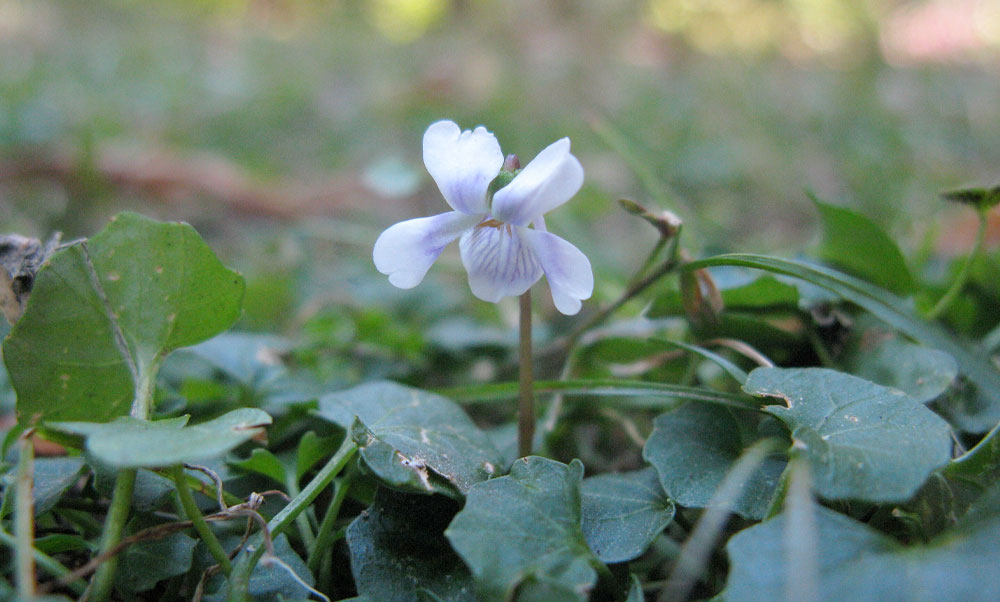Bare soil might look tidy for a while but it’s an open invitation for weeds to take hold. Nature doesn’t like empty spaces — and neither should a healthy, low-maintenance garden. That’s where living mulch comes in. By using dense, low-growing native plants as a natural cover, you can protect your soil, keep moisture in, block out weeds and create habitat for insects and small critters at the same time. It’s one of the simplest ways to let your garden work for you.
Here are some of the best Australian natives to try as living mulch, depending on the conditions in your patch.
1. Native violet (Viola hederacea)
Why it works: This much-loved groundcover naturally forms a dense mat that keeps light from reaching weed seeds. It loves shady, damp spots under trees or in garden beds where exotic weeds can easily pop up. Its soft flowers add colour while its roots help hold the soil together.
2. Kidney weed (Dichondra repens)
Why it works: Kidney weed hugs the ground and spreads out gently, covering the surface so there’s no space left for weeds to settle. It’s great for shady corners and courtyards where you’d rather not battle constant weed growth. It needs very little trimming and stays green year-round.
3. Creeping boobialla (Myoporum parvifolium)
Why it works: This hardy species is perfect for sunny spots and sloping ground that can otherwise be tricky to weed. It spreads fast and roots along the stems, creating a thick carpet that’s hard for weeds to push through. Once established, it handles dry conditions well and doubles as an erosion buster.
4. Dichondra silver falls (Dichondra argentea)
Why it works: While not native to all regions, this tough plant is often used alongside local species for its weed-smothering qualities. It has a lovely silver-grey foliage that trails beautifully over edges, rocks and borders, and works well mixed with native grasses in hot, dry spots.
5.Native geranium (Geranium solanderi)
Why it works: This soft and pretty groundcover does well in garden beds that need more texture at the base. Its delicate leaves form a living mulch layer that outcompetes many common weeds. It suits lightly shaded to sunny spots and attracts native pollinators too.
6. Kangaroo grass (Themeda triandra)
Why it works: For larger garden beds or naturalistic areas, native grasses like kangaroo grass are brilliant living mulch plants. They grow in thick clumps, their roots help stabilise soil and they shade out competing weeds. The flowing seed heads look beautiful while helping maintain soil health.
A good living mulch layer doesn’t just stop weeds. It also protects the soil from baking in the sun, keeps roots cool and helps hold moisture where your plants can use it. To get the best results, choose the right native for your conditions — sunny, shady, dry or damp — and plant densely enough so that bare patches close up as quickly as possible. Once established, your garden will be more self-sufficient and resilient, and you’ll spend far less time weeding.
Gardening Australia — Native groundcovers for weed control: abc.net.au/gardening
Gardening with Angus — Australian native plant profiles: gardeningwithangus.com.au
Australian Native Plants Society — Indigenous groundcovers: anpsa.org.au
